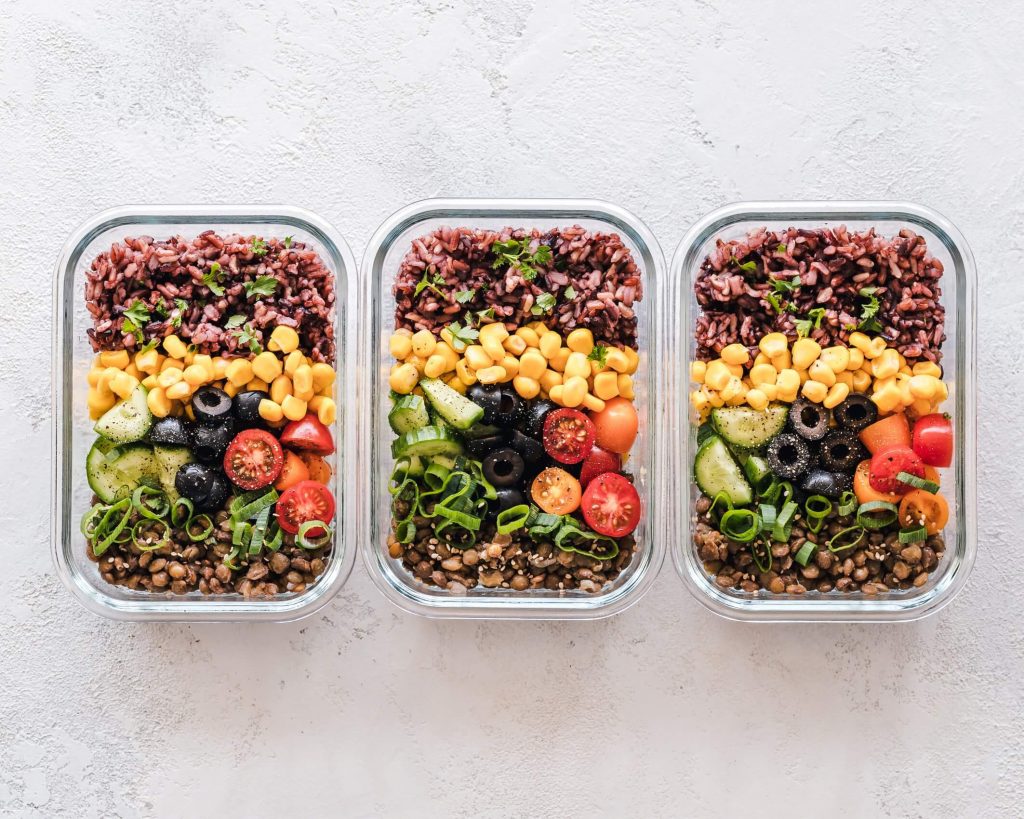What is the Difference between Soda-lime Glass and Borosilicate Glass?

Borosilicate Glass
Borosilicate glass is an “engineered “glass developed specifically for use in laboratories and applications where thermal, mechanical and chemical conditions are too harsh for standard, household-type soda lime glass. It is a type of glass with silica and boron trioxide as the main glass-forming constituents. Borosilicate glasses are resistant to thermal shock more than other kinds of common glass. It can go from freezer to oven and back again. Its high thermal résistance is due to having very low coefficients of thermal expansion. It is typically used for construction of reagent bottles because it is less subject to thermal stress and meets the demand of most laboratories.

Borosilicate Glass- Microwavable Heat resistant Borosilicate glass Food Container
Soda-Lime Glass
Soda-lime glass is the most prevalent type of glass. This is also known as Soda-lime-silica glass. It is usually used for windowpanes and glass containers such as bottles and jars for beverages, food, and some commodity items. Soda-lime glass accounts for about 90% of manufactured glass.
Comparison
Silicon Dioxide SiO2, Boron Trioxide B2O3, Sodium Oxide Na2O, and Aluminium Oxide Al2O3 are four compounds of both Soda-lime glass and Borosilicate glass. However, the proportion of each are different in Borosilicate glass and Soda-lime glass. The mixture in Borosilicate glass binds all the chemicals more tightly together, leading to a much higher melting point. Borosilicate glass has a higher proportion of silicone dioxide than Soda Lime glass (80.6% in Borosilicate glass and 69% in Soda-lime glass).
The main differences between Borosilicate glass and Soda-lime glass include:
Thermal resistance
One of the differences between Soda-lime glass and Borosilicate glass is their thermal resistance. Borosilicate glass has a lower CTE (Coefficients of Linear Thermal Expansion) than soda-lime glass (about one-third that of ordinary soda-lime glass). Thus, Borosilicate glass is more resistant to thermal shock, therefore, is usually used for glassware that may be directly heated, such as beakers or boiling flasks while Soda Lime glass is used for glassware which is not likely to be directly and strongly heated, for example petri dishes, TLC chromatography tanks and volumetric glassware.
Hardness
In terms of hardness, Borosilicate glass is harder, stronger and more durable than Soda-lime glass. According to the Mohs scale of mineral hardness, diamond’s rate is 10, chalk is 1, borosilicate comes in at 7.5 and the other types of glass at 6. Borosilicate glass is less dense (about 2.23 g/cm3) than typical soda-lime glass due to the low atomic mass of boron.
Plasticity
The lower CTE (Coefficients of Linear Thermal Expansion) in Borosilicate glass can be modelled into complex shapes like vacuum flasks.
Resistance to acids
Borosilicate glass is more resistant to the acidotic chemical than Soda-lime glass and It is more suitable to be utilised in the chemistry laboratories where the acidic and alkaline solutions are used.
